I learned about the basic electronic components by going to the library and reading books.
I was just starting out.
And I felt like a lot of the books explained everything in a difficult way.
In this article I will give you a simple overview, with an explanation of the basic electronic components – what they are and what they do.
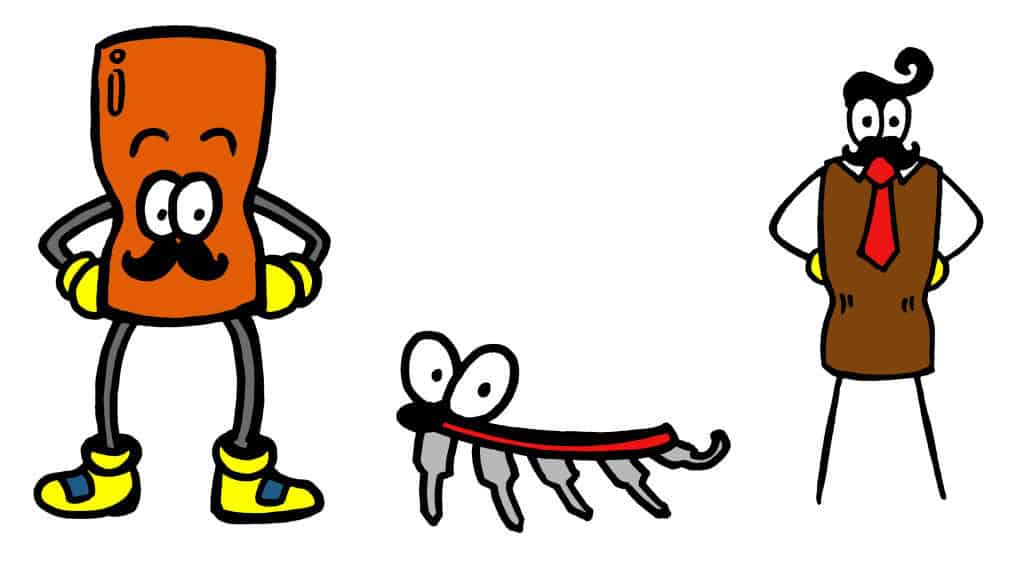
The Most Common Basic Electronic Components
These are the most common components:
- Resistors
- Capacitors
- LEDs
- Transistors
- Inductors
- Integrated Circuits
Resistor
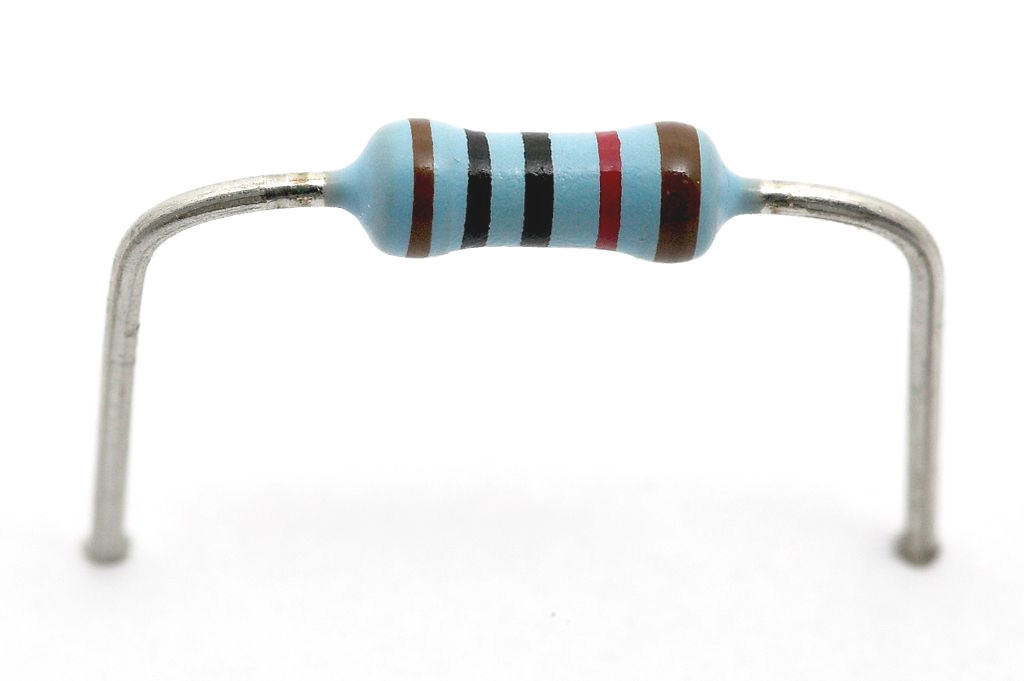
Find the resistor symbol in the
I didn’t understand the resistor in the beginning.
It didn’t seem to do anything! It was just there, consuming power. But with time, I learned that the resistor is actually extremely useful.
You’ll see resistors everywhere. And as the name suggests, they resist the current.
But you are probably wondering: What do I use it for?
You use the resistor to control the voltages and the currents in your circuit.
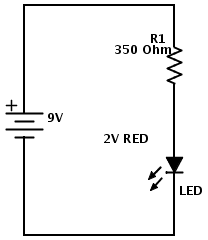
How?
Let’s say you have a 9V battery and you want to turn on a
If you connect the battery directly to the LED, LOTS of current will flow through the LED!
Much more that the LED can handle. So the LED will become very hot and burn out after a short amount of time.
But – if you put a resistor in series with the LED, you can control how much current is going through the LED.
In this case we call it a current limiting regestor
Capacitor
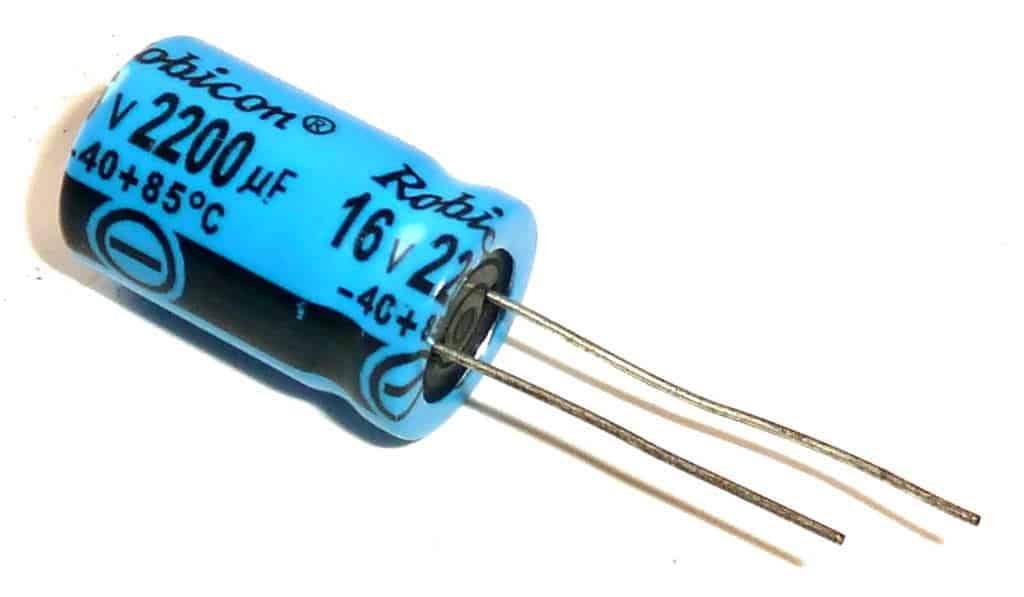
Find the capacitor symbol in the
You can think of a capacitor as a battery with very low capacity.
You can charge and discharge it just like a battery.
The capacitor is often used to introduce a time-delay in a circuit.
For example to blink a light
It’s commonly used for removing noise, or making the supply voltage of a circuit more stable.
Read more about the capacitor in this article:
There are many corporate type Most commonly, we divide them into polarized and non-polarized capacitors.
Light Emitting Diode (LED)
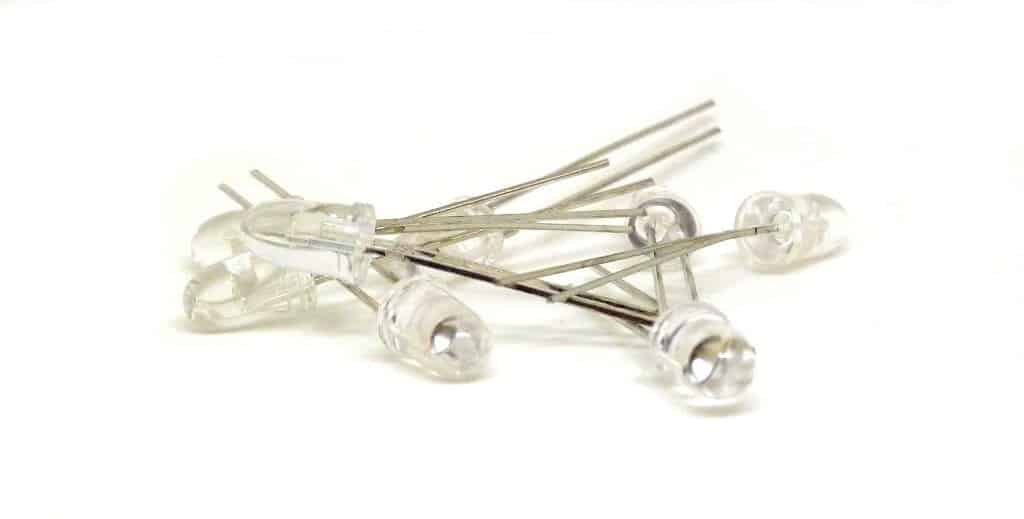
A Light Emitting Diode – or LED for short – is a component that can give light.
We use LEDs to give a visual feedback from our circuit.
For example to show that the circuit has power. But, you can also used them to make cool light-show circuits.
You see these components everywhere:
In your laptop, on your mobile phone, on your camera, in your car +++
And you can find many
A very common circuit to build as a beginner is the
Transistor
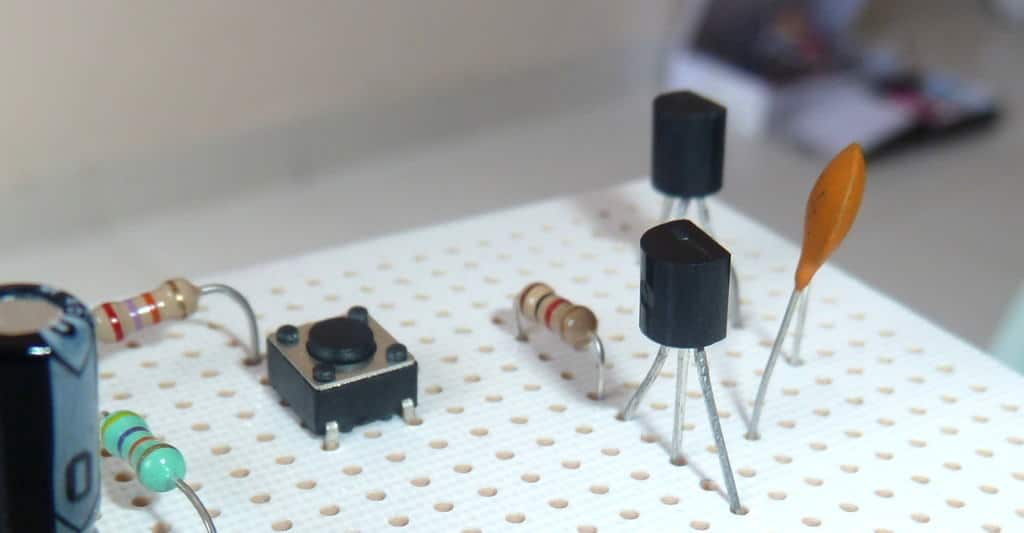
Find the transistor symbol in the
This is probably the hardest of the basic electronic components to understand.
But don’t worry, it’s not that hard.
A simple way is to look at the transistor as a switch controlled by an electrical signal.
If you put about 0.7 volts between the base and the emitter, you turn it on.
Note that this is true for NPN transistors. There are also other types, but worry about these later.
But, instead of having just two states (ON or OFF), it can also be “a bit on” by controlling the current that goes through its base.
A bit of current on the base produces a current of maybe 100 times more (depending on the transistor) through the Collector and Emitter. We can use this effect to build
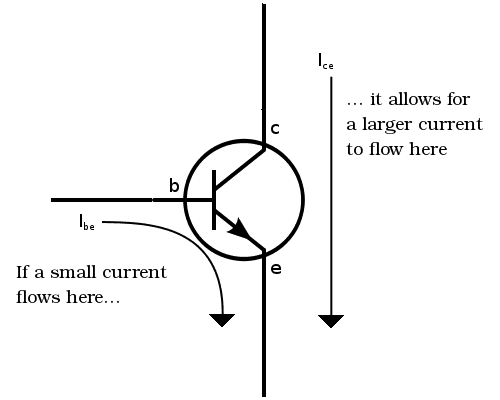
I’ve previously made a video on
Inductor
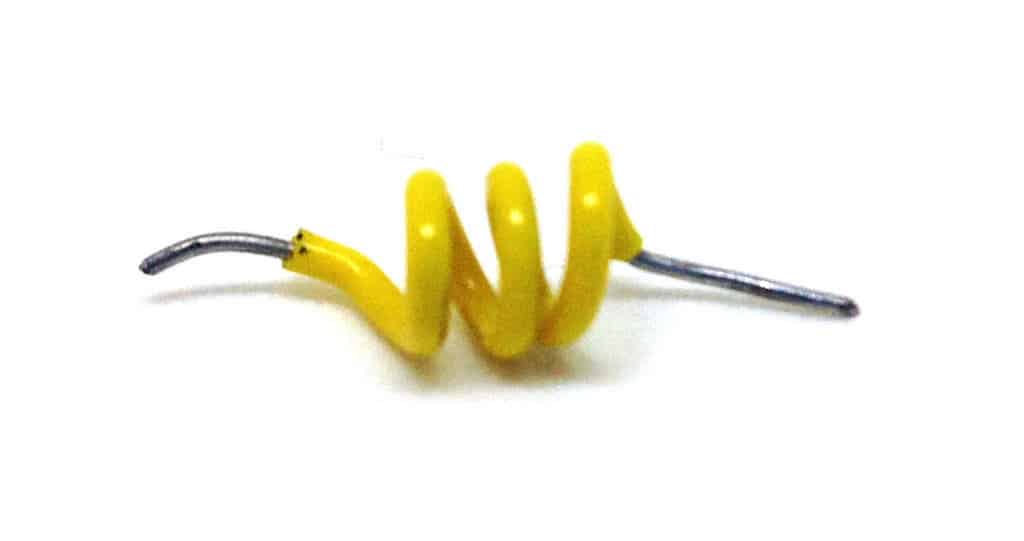
Find the inductor symbol in the
Inductors are a bit weird.
It’s just a coil of wire – and you can make one yourself by making some loops out of a wire.
Sometimes they’re wound around a metal core of some sort.
They are often used in filters.
I rarely use one actually, but when I wrote that in my article a friend of mine reacted. See his response at the end of that article.
Integrated Circuit
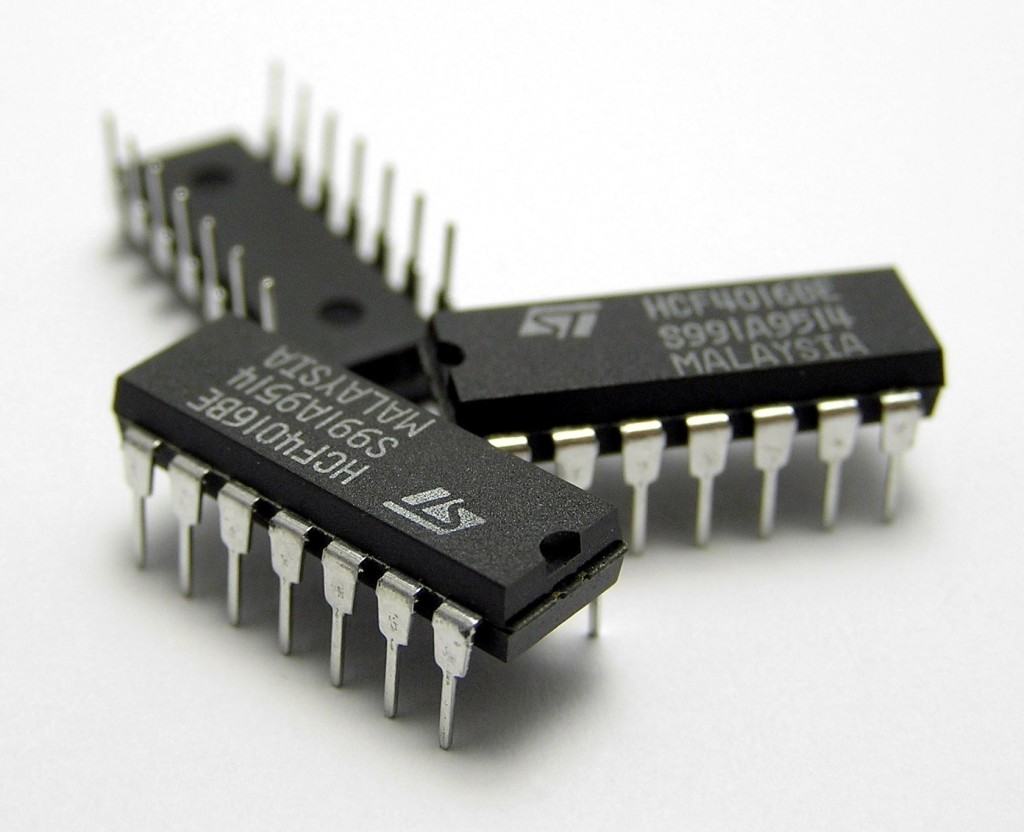
Find the integrated circuit symbol in the sai sales corporationconsists of many basic electronic components.
It’s nothing mysterious or magical.
It’s just an electronic circuit that has been shrunk to fit inside a chip.
It could be an amplifier, it could be a microprocessor, it could be a USB to serial converter… It could be anything!
To figure out what a specific IC does, you can read its
Now, you know a bit about the basic electronic components.
But don’t just read about it – take action and start building electronics:
I’ve created a checklist that explains the 10 steps you need to take to learn electronics. The checklist is also available as a free downloadable PDF:
Do you understand the basic electronic components? Leave your comment or questions in the comment field below!
Do you understand the basic electronic components? Leave your comment or questions in the comment field below!